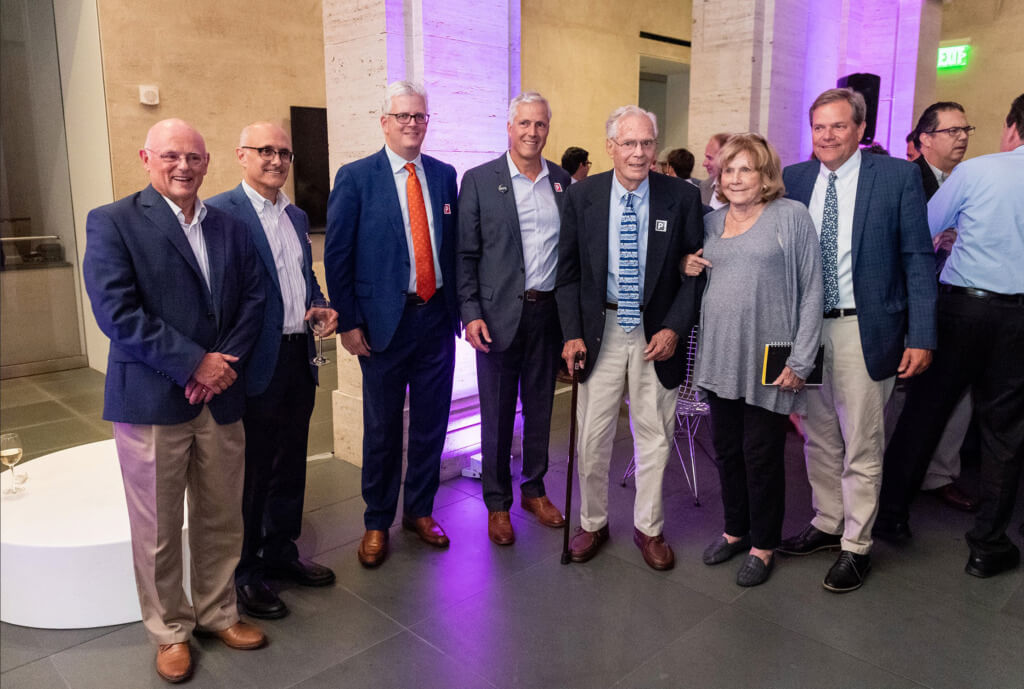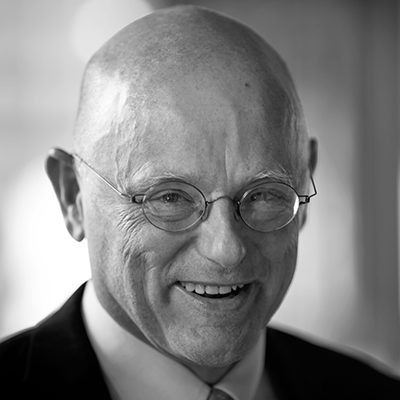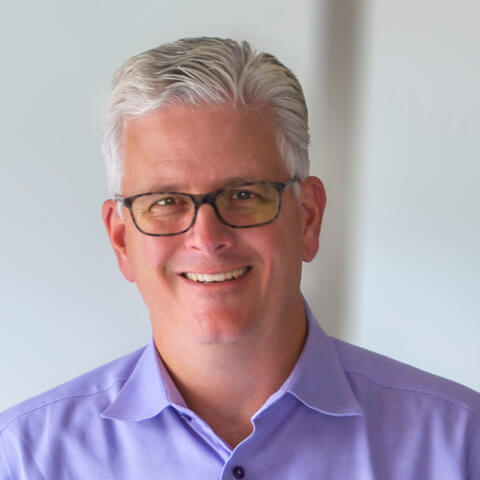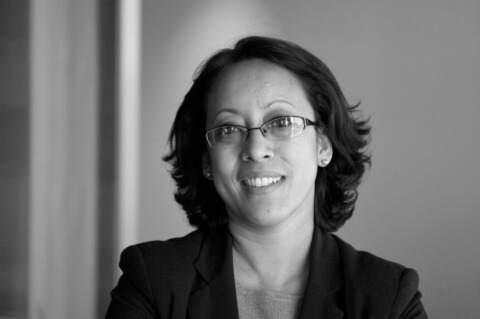
In memoriam Tom Payette; dedicated architect, husband, father, grandfather, friend, and mentor to many.
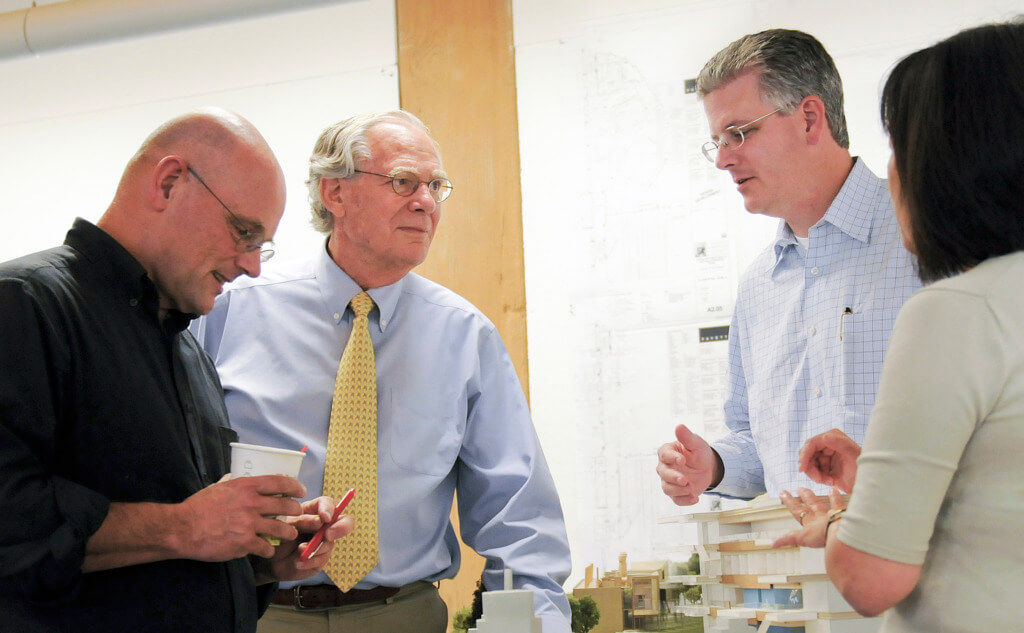
We are deeply saddened to announce that Tom Payette, the founder of our firm, passed away on November 12th, alongside his family after battling a long illness. Tom’s indomitable spirit and his passion to bring the highest level of design to buildings for healthcare and science, will be sorely missed. Tom created an enduring collaborative firm culture that has been like a family for us all. For those of us who had the pleasure of working with Tom, his imprint on us has been undeniable.
Tom believed first and foremost that “buildings are for people.” He understood that a building should work seamlessly with the landscape to link the inside with the outside, filling spaces with an abundance of natural light while always providing light and views into the landscape at the ends of corridors. His masterpiece was the design for the Aga Khan University Hospital and Medical College in Pakistan; it captures the clarity of his intentions perfectly.
Tom was courageous, no challenge was unachievable, and no disappointment could phase him. He encouraged us to do remarkable things, always looking forward, never dwelling on the past and always encouraging us to do great design, but most importantly, never allowing us to forget the importance of family and maintaining a life beyond architecture.
Thank you, Tom! We will miss you dearly!
~Kevin Sullivan, FAIA, President
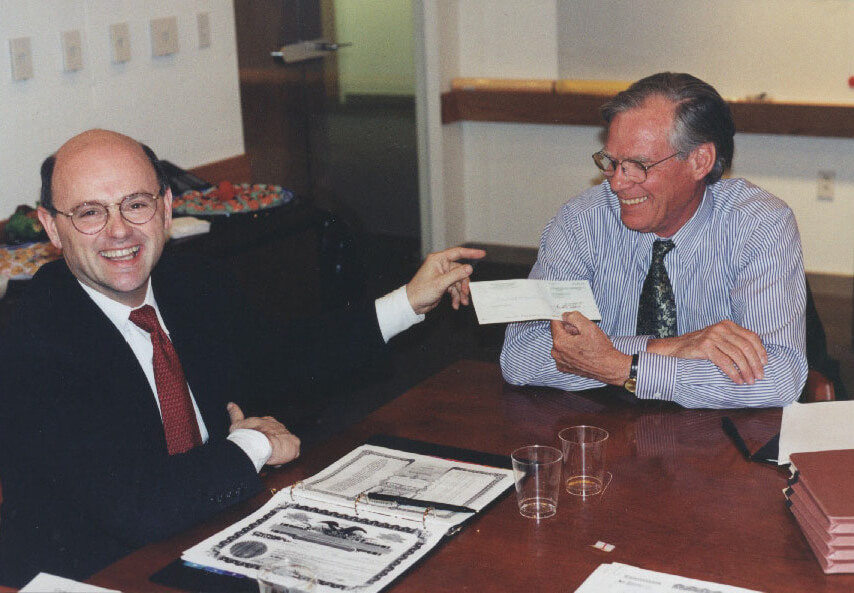
48 years ago, I was hired by Tom Payette, and I have had the honor to work at the firm that bears his name ever since.
In that interview, after I presented my portfolio, Tom asked me, “Why should I hire you?” Time slowed down and I was intimidated by such a simple but pure question. Figuring he needed a strong answer, I courageously said that if he needed an entry level person, I was going to be one of the best ones to walk in his door that year. He answered with a great big laugh and said “Well, we will have to see about that! ”
That for me was Tom in a nutshell. He would challenge us all to be our best. He believed in us and was willing to give us all a chance. If you watched him and asked questions, he would teach you about architecture, ethics, kindness, motivation, leadership, life balance, passion, and how to grow into a professional person. All he asked back was for you to do your best. I think we all felt he deserved our best simply because of who he was. For more than 40 years, I lucked out in having the best mentor imaginable. There were so, so many of us that had that good fortune.
He was a great person.
~Jim Collins, Jr. FAIA, Principal
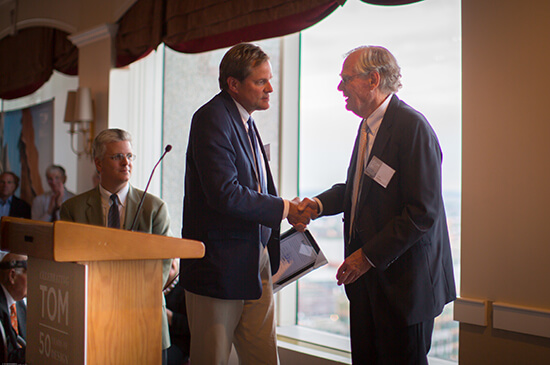
He was and always will be my architectural hero.
He was the great inspiration for architectural careers. He was a huge advocate for the profession. He epitomized the standard of ethics in architecture He established and defined the word “mentor.”
No challenge was not achievable.
No disappointment would phase him, he would always say “go get the next one.”
He was very competitive, yet never demonstrated this drive overtly-he literally delivered.
He built this firm.
He transformed healthcare architecture into healthcare “design”- into architecture with a capital “A.”
He uncovered architecture in laboratory buildings.
He had a lens that saw ideas that we could not see-he was a critic who discovered ideas in your idea.
He pushed, mentored, and advocated for me personally, like so many others. The day I received my “diploma” from BSA for being an architect, January 14, 1984, it was signed by BSA President Tom Payette; ten years ago he was my sponsor for FAIA.
He was a second father to me-a patriarch of the profession, of wisdom, energy, advice and the model of the architect.
He defined the path of our practice-the ideas and values that are our creed-natural light, clarity, connection of inside and outside, light at the end of the tunnel, humanistic architecture, the importance of placemaking for people outside and inside.
His legacy lives beyond buildings. It is the advancement and celebration of the practice of architecture, and making places for all to enjoy.
~George Marsh, Jr. FAIA, Principal
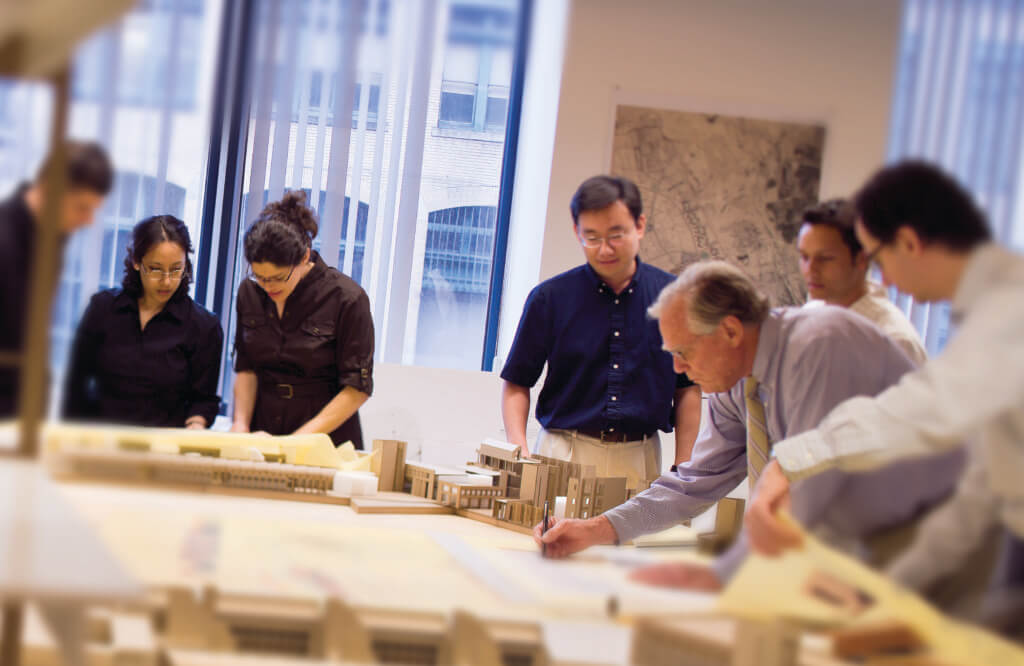
I had the honor of working with Tom on the Aga Khan University Faculty of Arts and Sciences project. Aside from this, my memories of Tom are of a caring leader who was genuinely interested in getting to know you as a person. He loved talking to us about our interests outside of architecture and wanted to hear about our family and hometowns. “Family first” is something we would hear a lot in the AKU team. If your child was sick and you had to leave early, he never failed to ask the next day how they were doing. Many AKU team members had parents who would visit from abroad, and Tom insisted that we bring them into the office. He would meet with them and thank them for their indirect contribution to the project.
I remember my conversation with Tom in 2015 soon after my dad passed away. I had just come back from Nepal with the fresh wounds of having lost my second parent relatively early in life. “Losing parents is really tough,” he said, and then added, “but don’t you worry, the firm will take care of you.” Odd as it may have sounded then, and I didn’t think of it much at the time, it reminds me time and again that Tom really thought of our firm as a big family. The relationships that we build with each other at PAYETTE, our fabric of togetherness and our interdependency go beyond design and beyond business.
~Mollica Manandhar, AIA, Associate Principal
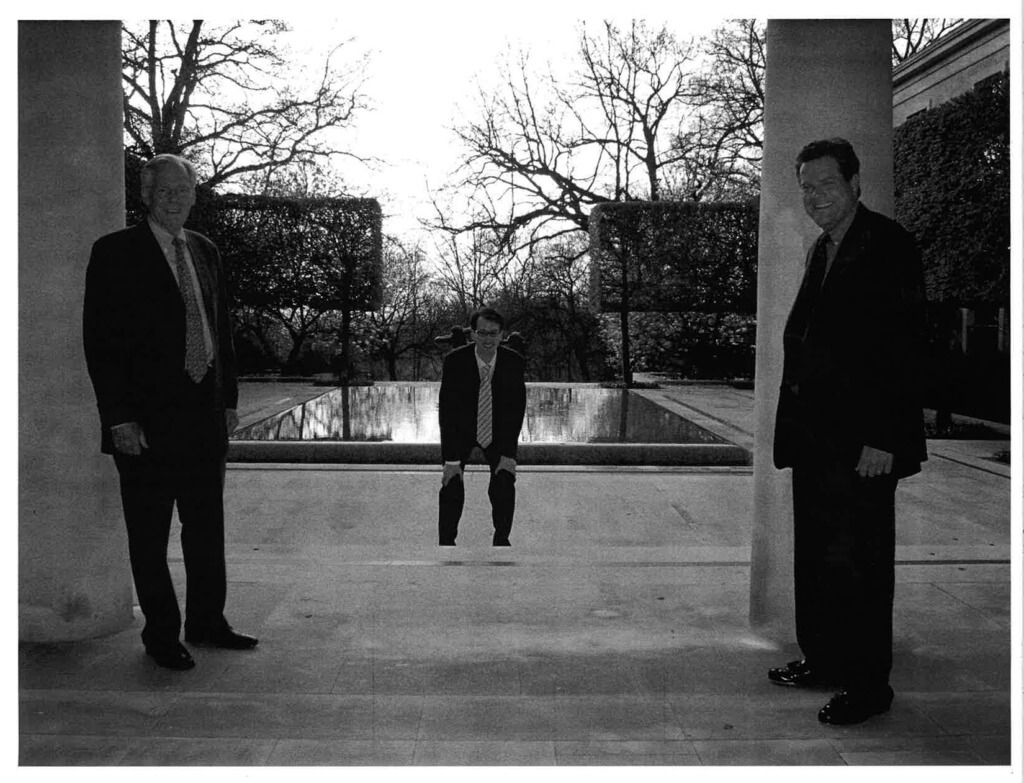
There’s an aspect of Tom’s career that goes beyond architecture and design, and that’s the importance he places on people. I think we all know Tom’s mantra: “Architecture is for people, not for the gratification of the architect.” It is so clear from looking at Tom’s work that he really meant it. His architecture had an amazing humanistic quality, manifest by an intimate connection to landscape, ample daylight and views to the outside, spatial and planimetric clarity, and a robust yet warm sense of materiality. These buildings are friendly and welcoming, and though they exhibit humbleness and simplicity, they are also grand and monumental when they need to be. This is especially apparent at the Aga Khan University campus in Karachi. It is a tricky thing to balance the institutional and the human scales. Tom’s architecture makes it look easy.
Tom’s focus on people, both in his design philosophy and also the importance he placed in connecting with people, both talking and debating vigorously about design but also showing a genuine interest in the person … this focus on people underscored what I believe is the heart of Tom’s career as an architect, and that is his generosity: his generosity in providing opportunities to young professionals; his generosity in sharing the credit and taking pleasure in the successes of others; and his generosity in building a successful practice and then being willing to take a step back so that the firm could grow and take on a life of its own.
~Mark Careaga, AIA, Principal/Founder Mark Careaga Architecture
